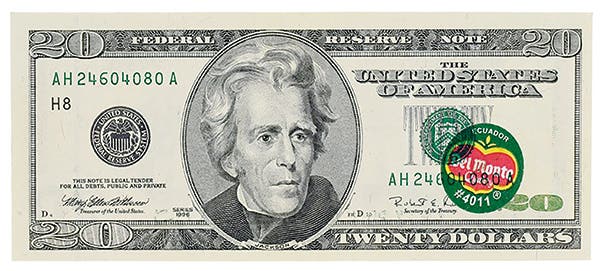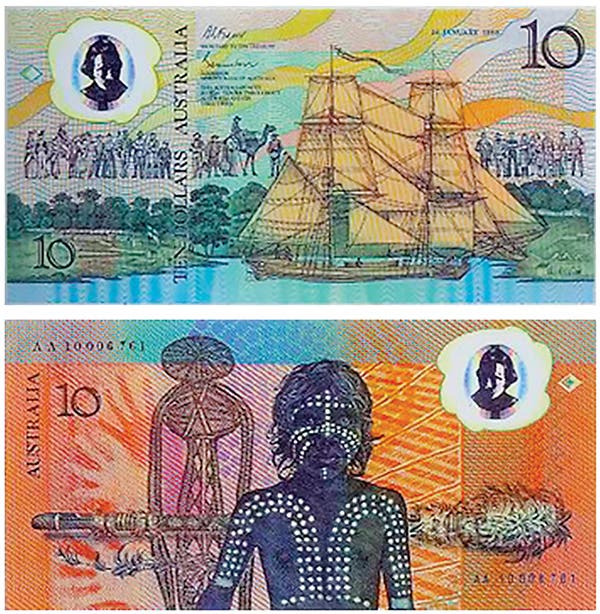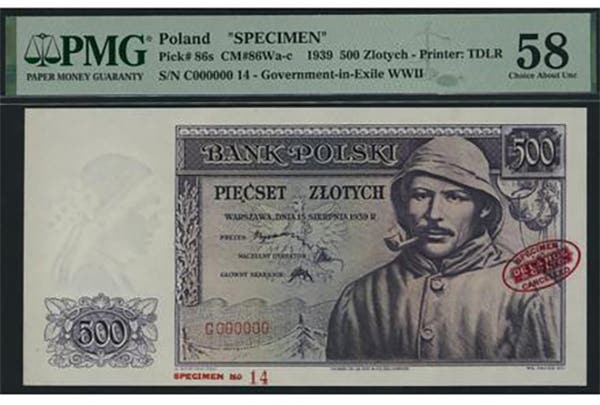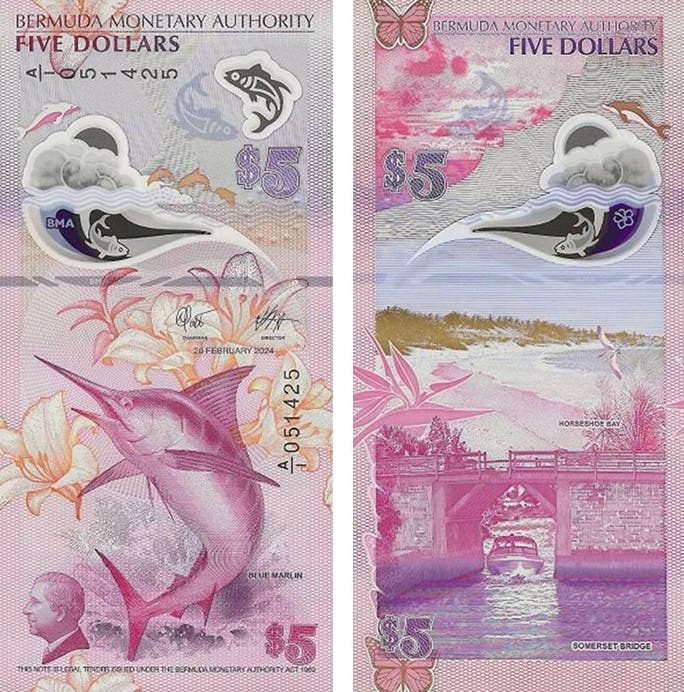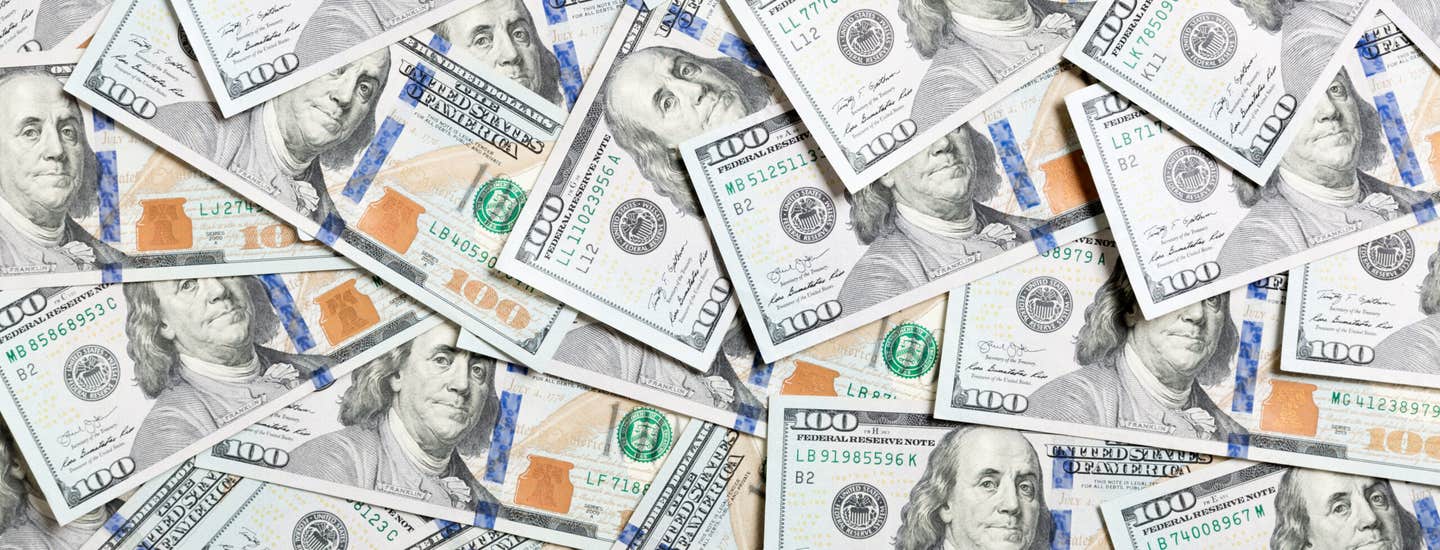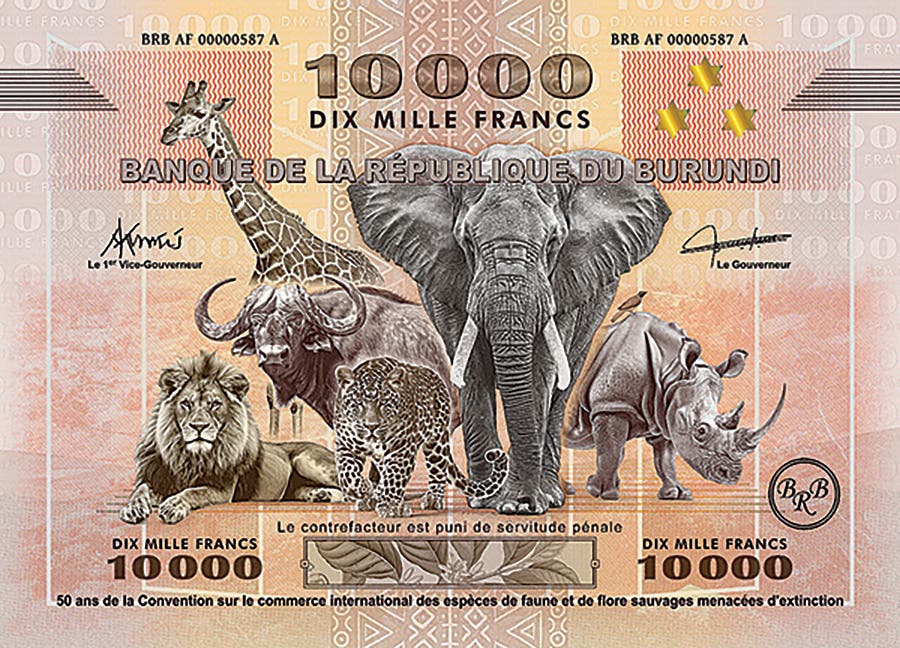Archivist turns up counterfeit $100 tale
By Peter Huntoon and Eric Head Occasionally large size U.S. counterfeits turn up, but usually virtually nothing is known about them. Here we have a case where at least the…
By Peter Huntoon and Eric Head
Occasionally large size U.S. counterfeits turn up, but usually virtually nothing is known about them. Here we have a case where at least the final victims of the fraud are identified.
Eric Head is an Assistant Archivist at the Knox County Archives, which is a division of the Knox County Public Library in Knoxville, Tenn. One mission of the archives is to preserve the non-current permanent records created by the county government since its founding in 1792.
County Archivist Doris Martinson was processing old court records dating from the 1870s when she came across the counterfeit $100 1862 legal tender note illustrated here. It was among court documents that placed it into its historic context. This is that tale.
The spurious note is a well-known counterfeit from that era. However, unlike its known brethren, it is in unusually good condition.
The Archives staff was surprised to find it, because they have processed other court records pertaining to counterfeits that contained only facsimile drawings of the subject notes.
The case file providing the paper trail was for N. A. Hardee’s Son & Co. vs The People’s Bank of Knoxville, filed April 6, 1870, in the Knox County Circuit Court as docket #13623. The Hardee firm was located in Savannah, Ga.
There were two county courts at the time, the Knox County Court of Pleas & Quarter Sessions and Knox County Circuit Court. The former was a civil court that heard cases involving small sums. The latter dealt with criminal cases and civil matters involving larger sums as well as appeals that bounced up to it from the lower court.
The case of our $100 was first heard before Justice of the Peace R. D. Jourolmon in the lower court. The records from the lower court did not survive, but the essence of what transpired is revealed in paperwork attending an appeal that moved the case into the Circuit Court.
The counterfeit was part of a cash payment of approximately $950 sent to N. A. Hardee’s Son & Co. by C. A. Michell. Co-author Head has been able to identify Michell as Clifton Armstrong Mitchell, a watchmaker/jeweler in Knoxville.
Mitchell had obtained the cash from the People’s Bank of Knoxville. He sent the cash by Southern Express to the Hardee firm in Savannah, where it was received on or about May 12, 1868. The payment consisted of nine $100s, two $20s and some lesser notes, along with a letter transmitting same. John L. Hardee received the payment from the messenger as a sealed package. Hardee opened the package, verified the amount, and turned the cash over to Edward Pape, the firm’s cashier and bookkeeper. Pape immediately took the cash to The Merchants National Bank of Savannah, where he attempted to deposit it. The receiving teller condemned the note in question as counterfeit, and undoubtedly it was he who clipped the two right corners from it in order to kill it.
It was standard practice during this era to cancel counterfeits by any number of means such as writing, stamping, or branding the words “counterfeit” or “bad” on them, or punch canceling or clipping them. Then they were simply returned to the depositor, who was stuck with them identically as with a returned bad check.
Obviously, what happened is that the Hardee firm brought suit in Jourolmon’s court in Knoxville against the People’s Bank of Knoxville, which had furnished the bad note to Mitchell. The suit was filed April 1, 1870, and the demand of the Hardee firm was that the bank make good on the note. Someone scrawled “Exhibit A” on the back of the note as the case developed.
$100 in 1868 dollars represented almost $1,700 today, so it wasn’t an inconsequential hit.
Jourolmon ruled in favor of the Hardee firm, causing the bank’s attorney to lodge an appeal with the Circuit Court on June 17, 1870, challenging the ruling. The appeal centered on depositions ordered on April 2, 1870, of John Hardee and Edward Pape at the Hardee firm by J. P. Jourolmon. This moved the case up to the Circuit Court before Judge Elijah T. Hall.
On June 6, 1871 – over a year later – the lawyers for the People’s Bank filed an exception with the court protesting the admittance of the deposition. The People’s Bank claimed that they had informed Jourolmon they were not ready for an April 1870 trial and were told by him that depositions therefore would not be taken until May 25, 1870. In fact, the depositions were taken April 26, 1870, and were the basis for the verdict issued against The People’s Bank.
The lawyers for N. A. Hardee’s Son & Co. then filed an appeal to the exception with the clerk of the Circuit Court on Feb. 22, 1872.
By then, the claim of the Hardee firm against the People’s Bank was more than two-and-a-half years old. The lawsuit was withdrawn the same day, so it appears that an out-of-court settlement was reached, the details of which are lost to history.
Some Historic Connections
N. A. Hardee’s Son & Co., Bay Street, Savannah, Ga., were agents and purveyors of fertilizer for cotton and other crops that was supplied by Clark’s Cove Guano Company of New Bedford, Mass. It was packaged in sacks labeled Hardee’s Cotton Boll ammoniated super-phosphate.
The president of The People’s Bank of Knoxville at the time of the lawsuit was Charles McClung McGhee. He was a member of the prominent McClung family of Knoxville that produced Lee McClung, who went on to become the 22nd U.S. Treasurer between 1909 and 1912. Charles McGhee was a prominent businessman who organized the merger of a number of railroads to create the East Tennessee Virginia & Georgia Railroad. The railroad merged with the Richmond and Danville Railroad in 1894 to became the Southern Railroad.
The McClung family produced local benefactors who established the Frank H. McClung Museum of Natural History and Culture on the campus of the University of Tennessee and the Calvin M. McClung Historical Collection in the Knox County Public Library. Calvin was Treasurer Lee McClung’s brother.
As these things go, the cashier of the People’s Bank from 1869 forward was one Joseph R. Mitchell. He happened to be the brother of jeweler Clifton Mitchell, who obtained the counterfeit from the People’s Bank the previous year.
The Counterfeit
Hessler & Chambliss (2006) state that “There is a well-known counterfeit [that] has a slightly inferior engraving of the spread eagle, but the most obvious defect is on its back. On the genuine notes the tiny ‘100’ digits are rightside-up on the right and inverted (thus reading ‘001’) on the left. On the counterfeit these are reversed, thus ‘100’ on the left and ‘001’ on the right.”
The subject note is one of these and simulates Fr. 165a. No one has definitively identified the counterfeiter.
References Cited and Sources of Data
N. A. Hardee’s Son & Co. vs The People’s Bank of Knoxville, Knox County Circuit Court docket #13623: Knox County Archives, Knox County Public Library, Knoxville, TN.
N. A. Hardee’s Son & Co.: http://ghs.galileo.usg.edu/ghs/view?docId=ead/MS%202203-ead.xml (Georgia Historical Society).
Hessler, Gene, and Carlson Chambliss, 2006, The comprehensive catalog of U. S. paper money, 7th edition: BNR Press, Port Clinton, OH, 672 p.
Inflation calculator: https://www.officialdata.org/1860-dollars-in-2017?amount=1
This article was originally printed in Bank Note Reporter. >> Subscribe today.
If you like what you've read here, we invite you to visit our online bookstore to learn more about Standard Catalog of U.S. Paper Money.



